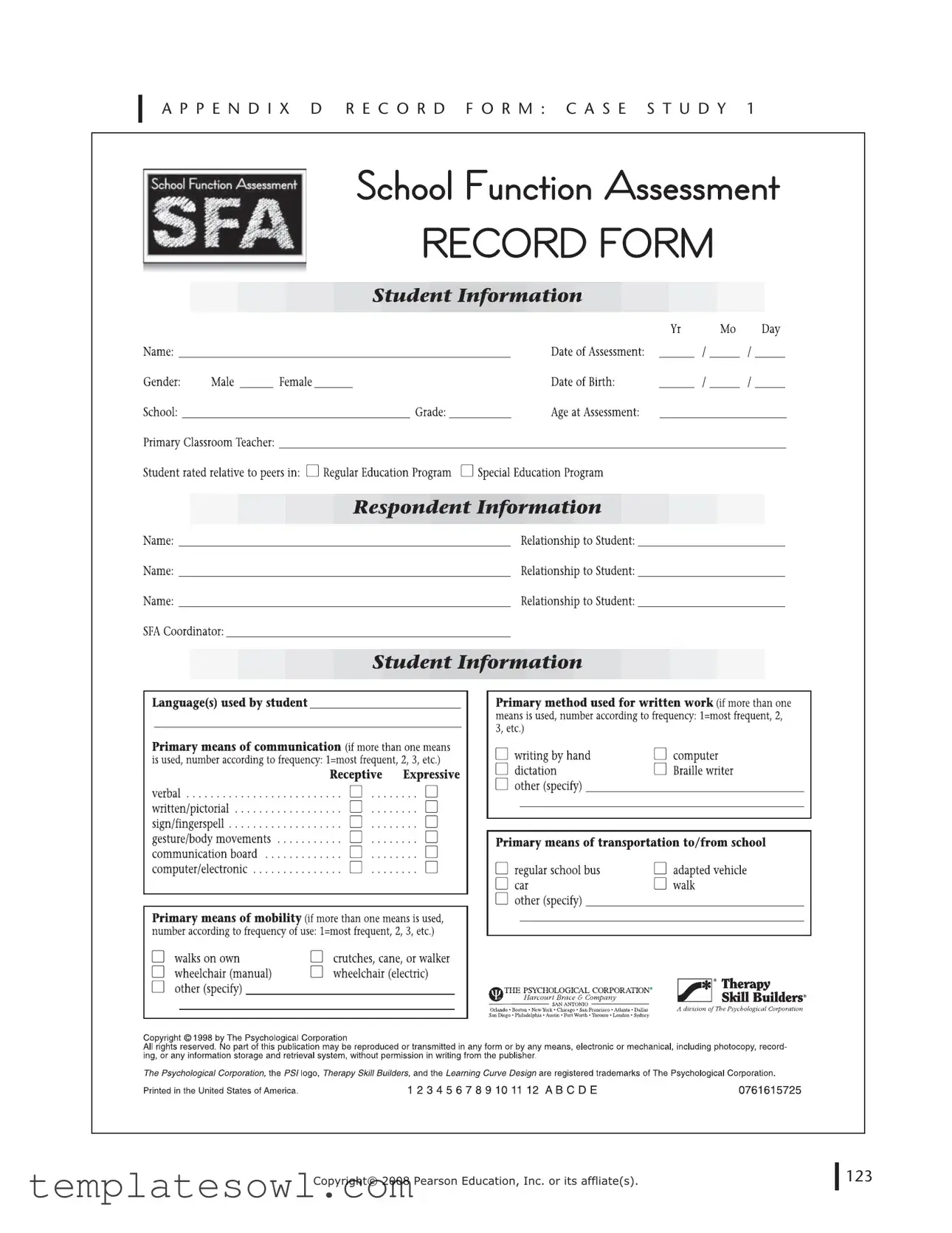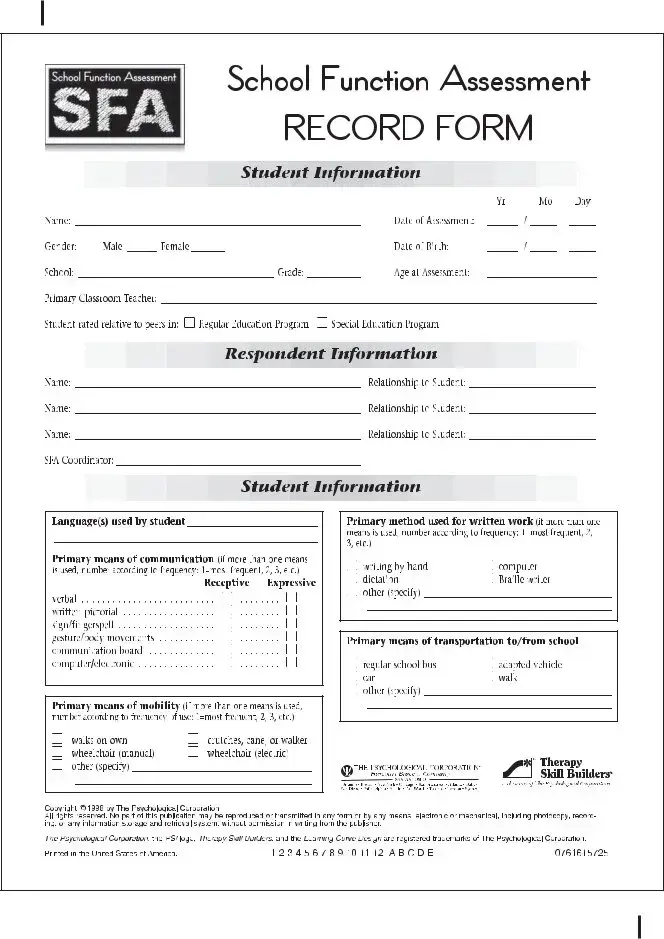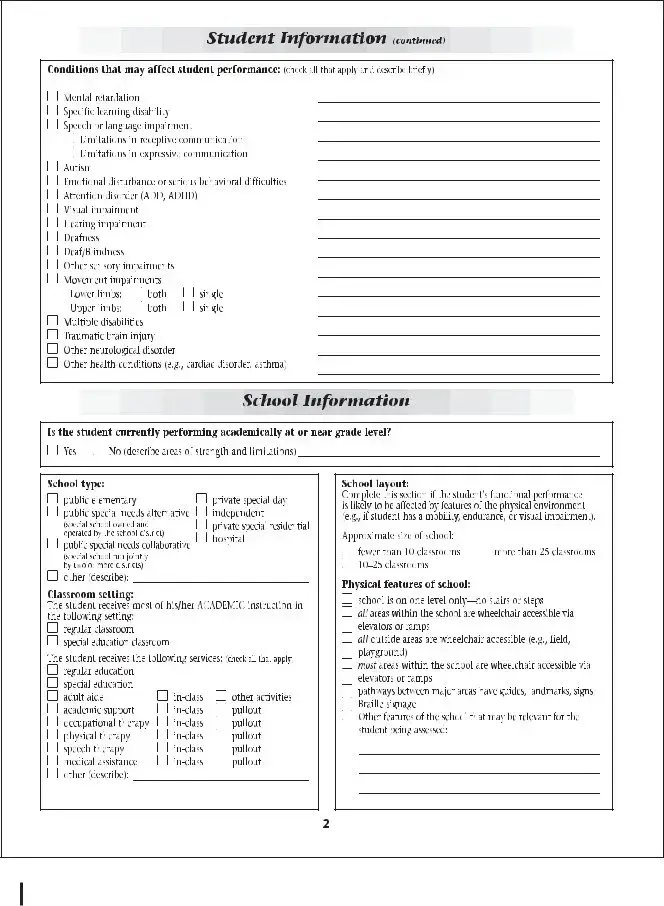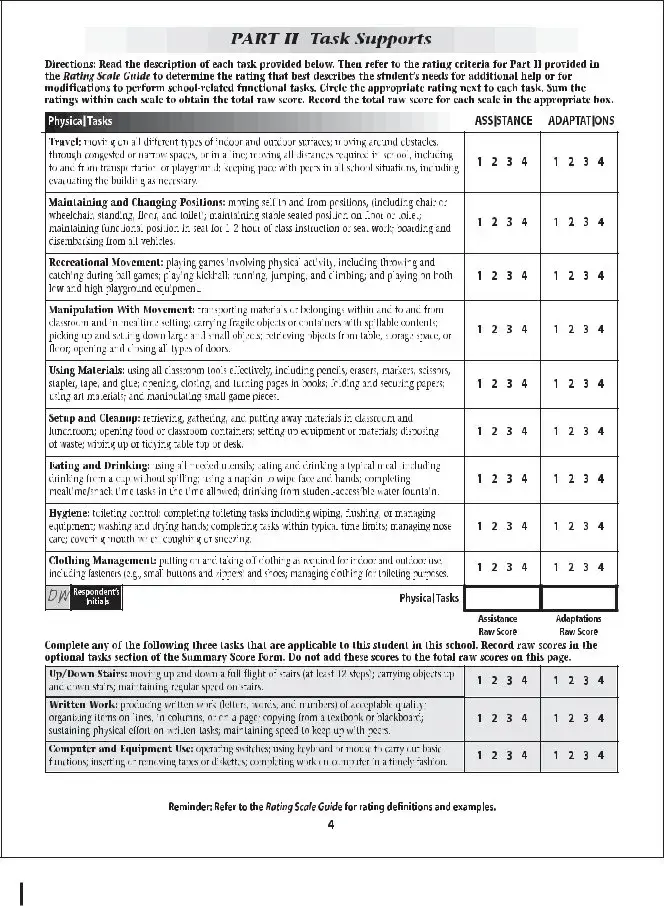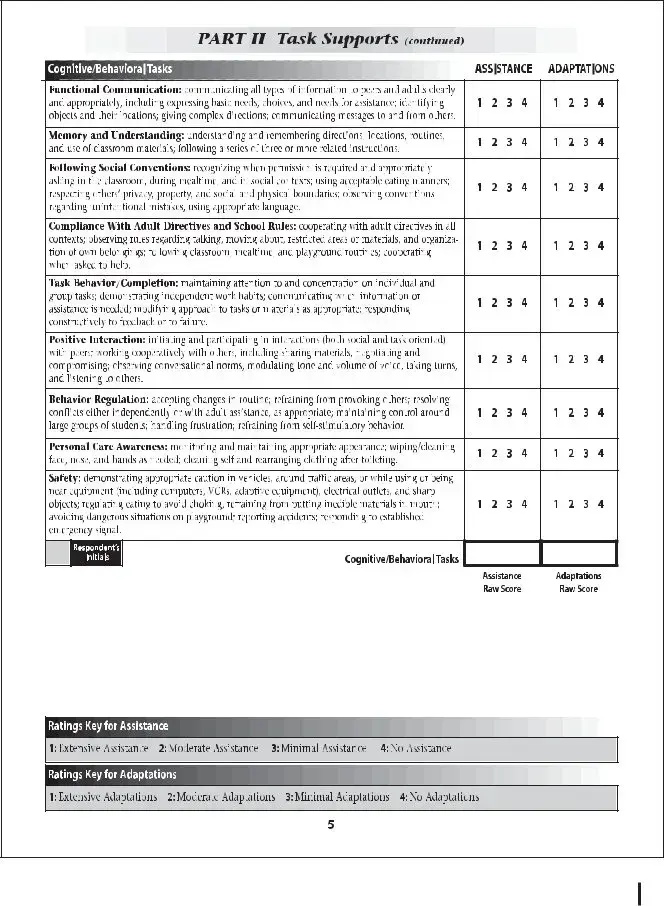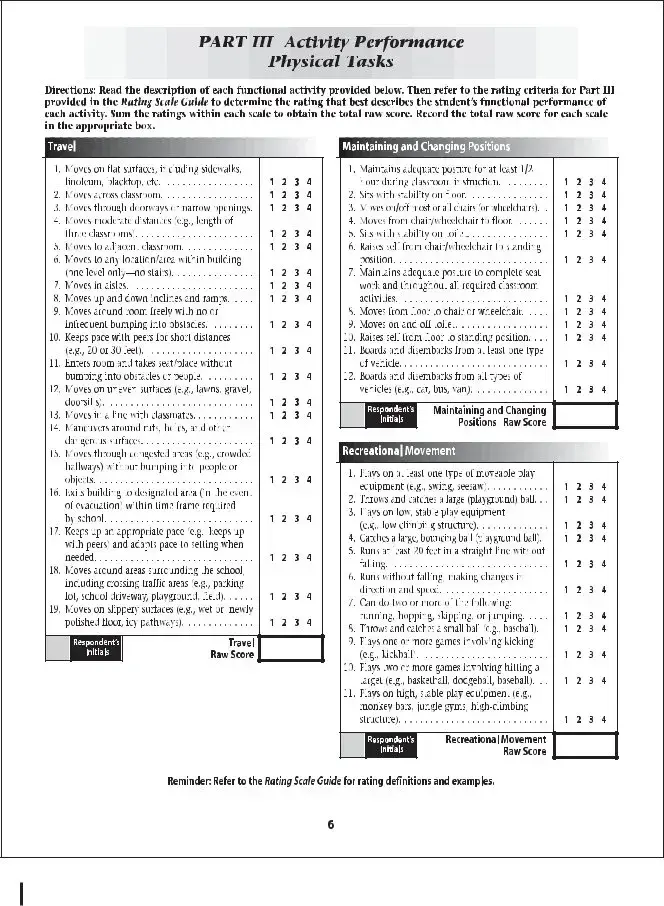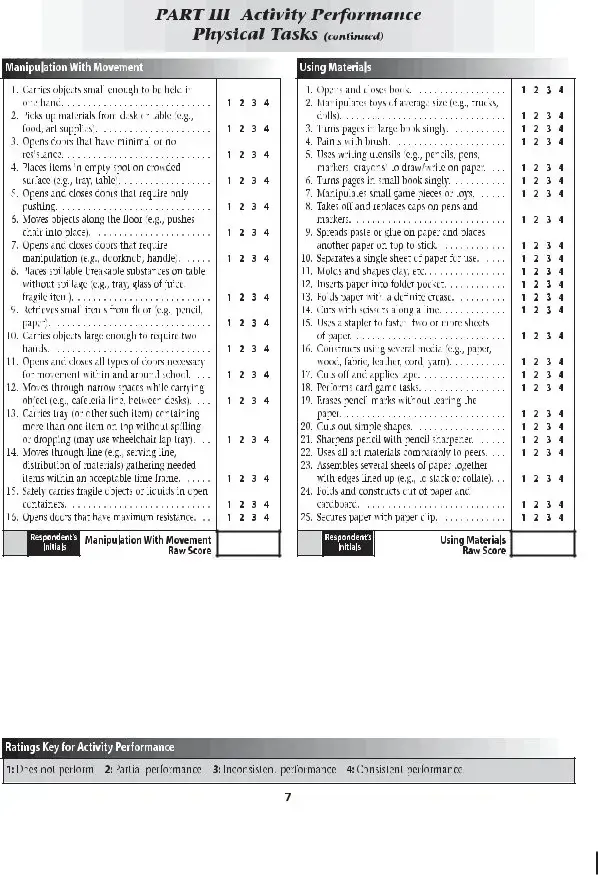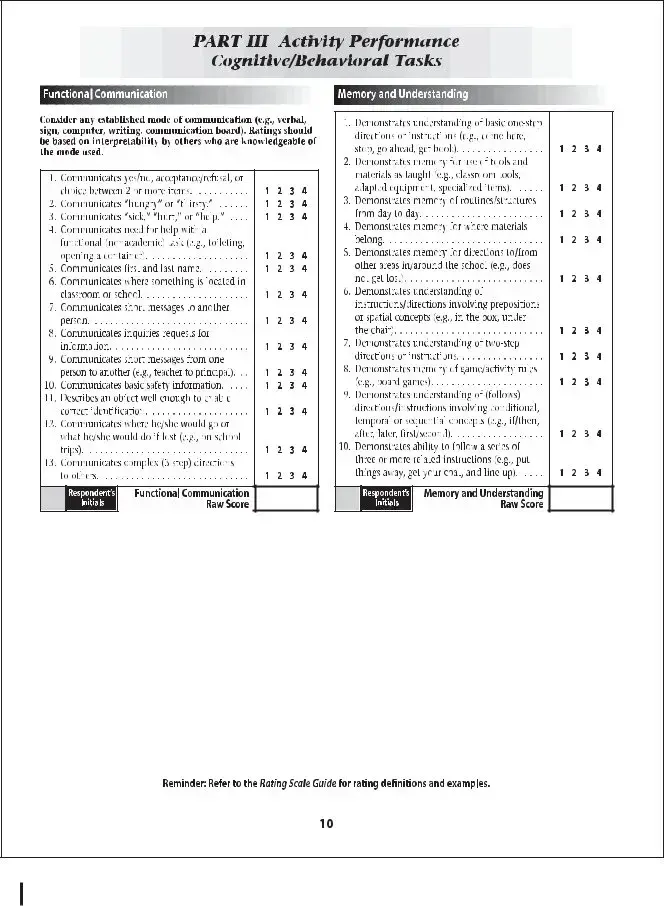What is the School Function Assessment (SFA) form?
The School Function Assessment (SFA) form is a tool designed to evaluate a student’s performance in a school setting. It helps identify areas where a student may need support to improve their daily functioning and participation in school activities.
Who should complete the SFA form?
The SFA form should be completed by individuals familiar with the student's performance in school, typically teachers or special education professionals. Their insights are crucial for accurate assessment.
What information does the SFA form collect?
This form collects information about a student's participation in school activities, their functional skills, and any support needs. It assesses various aspects, including academic tasks, social interactions, and self-care skills.
How is the information from the SFA used?
Data gathered from the SFA helps educators develop individualized education plans (IEPs) or accommodations that best support the student’s unique needs. It can also guide interventions and resource allocation.
Is the SFA form used for all students?
No, the SFA form is specifically designed for students who may require additional support due to physical, emotional, or learning challenges. It is particularly useful in special education contexts.
How often should the SFA be completed?
The SFA should be completed at least once a year, but it can be updated more frequently as needed. Changes in the student’s performance or needs should trigger a review of their SFA.
Are there any training requirements for completing the SFA?
While formal training is not mandatory, it is highly recommended for individuals completing the SFA. Understanding the form’s purpose and how to accurately assess a student’s functioning can greatly improve outcomes.
Can parents participate in the SFA process?
Yes, parents can provide valuable insights and should be encouraged to participate in the SFA process. Their knowledge of the student's behavior and skills at home can enhance the assessment's accuracy.
Where can I find additional resources related to the SFA?
Additional resources, including guides and support materials, can usually be found on educational websites, particularly those related to special education. Consulting with your school's special education coordinator may also yield helpful information.
